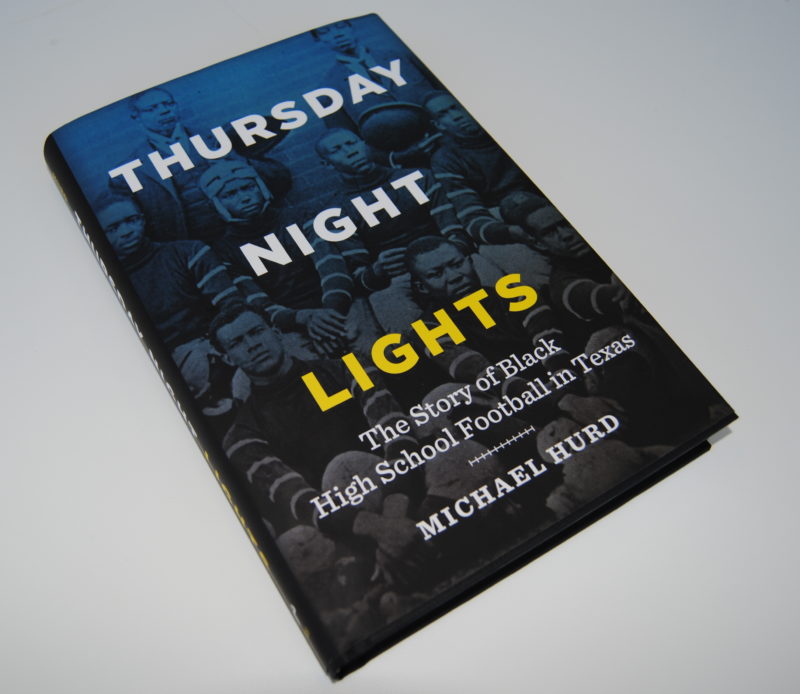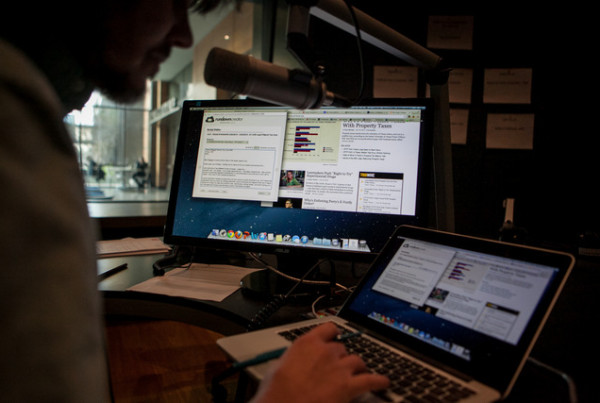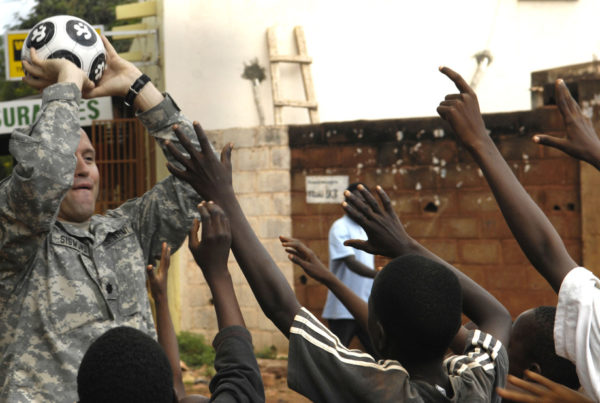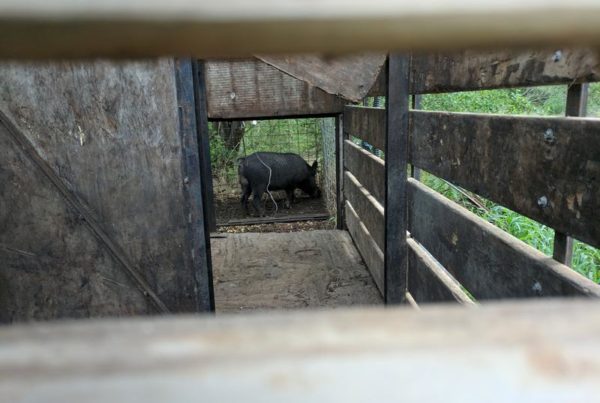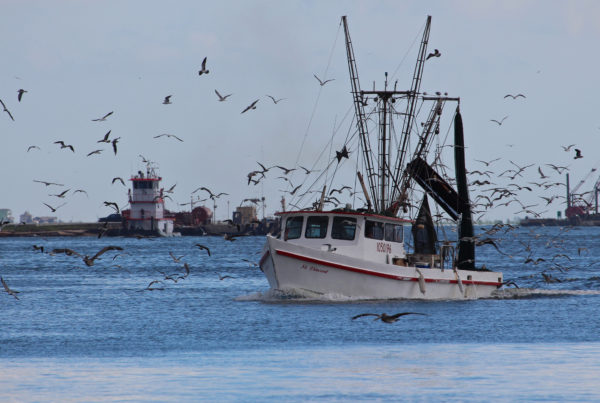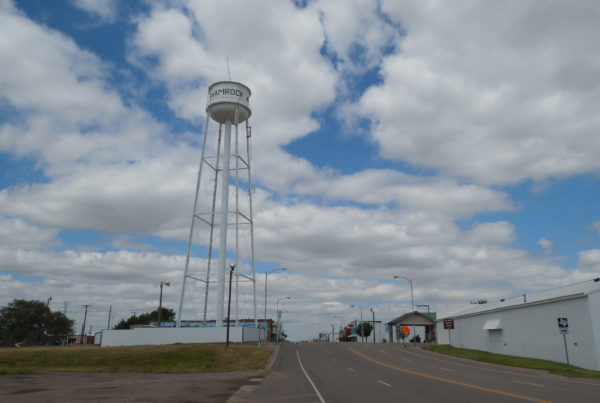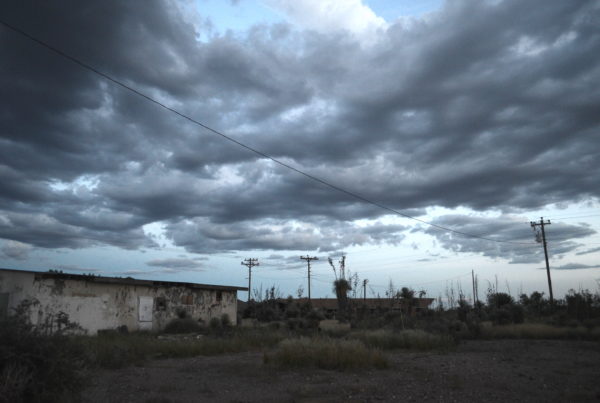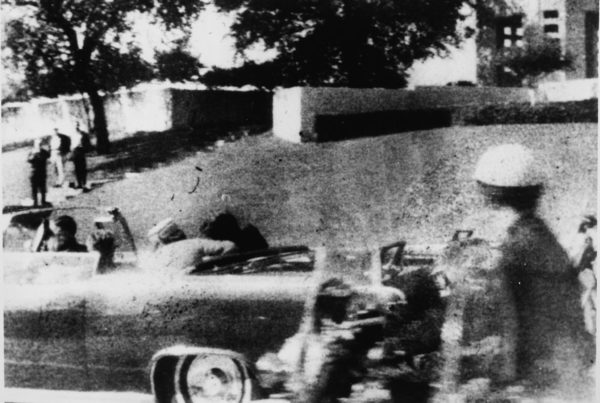The mystique surrounding high school football in Texas is perhaps more about the past than the present. It’s fun to watch the kids hit the field on Friday nights in the fall, but remembering the legendary teams and coaches of days gone by is a more enduring pastime.
Michael Hurd’s new book “Thursday Night Lights: The Story of Black High School Football in Texas” fills in important gaps that are left out of mainstream football history.
Hurd, the director of Prairie View A&M University’s Texas Institute for the Preservation of History and Culture, wrote the book to tell the story of Texas football during segregation. It’s about the Prairie View Interscholastic League, which was the African-American counterpart to white leagues.
Hurd felt a deep sense of loss after the University of Houston demolished the stadium where black public school teams played football, which he says was a rallying point for the black community.
“There is a history that has just literally been paved over,” Hurd says.
On the demolition of the history of black schools:
“The PVIL [Prairie View Interscholastic League] and the UIL [University Interscholastic League] merged in 1967, but I write in the book that it was a hostile takeover because at one point there were 500 black high schools in Texas. When integration came in and the UIL absorbed the PVIL, just about all of those schools closed. We’re talking from 500 to eight. They closed them down. They demolished them. And in terms of their history – the trophies and other artifacts, images, whatever – a lot of those were just tossed in dumpsters and thrown away. I mean that history was just totally dissolved.”
On the stories you’ll read in the book:
“So many of these guys had never been offered the opportunity to tell their stories. What I wanted to do was give at least as many guys as I could a platform to talk about what that league was like, what that time was like, and how they came to get involved in football and make names for themselves.”
On how the teams got started:
“The great Joe Washington Jr., was an incredible player at Oklahoma and of course in the National Football League. And Joe was telling me about how he got started in football. In Richmond, they had no real coach. You know, they had, I think, an English teacher but they didn’t really have a football team. And he pretty much helped start that football team and he got his uniform from a Sears and Roebucks. He was the only guy who really had a uniform. And another guy had a helmet, but it was an Army helmet that his uncle had had. That was the kind of equipment that they started out with.”
On why he wrote the book:
“I’m hoping that the reader who is unfamiliar with the PVIL and black high school football will gain an appreciation and a knowledge of who these men were, who these coaches were, who these players were, because a lot of this book is black history in Texas. You know, the PVIL- the debates over whether or not African Americans were worthy of being educated and the state, you know, wanting or not wanting to spend money on education for African Americans. So that’s the deeper story of the PVIL is about educating African Americans in Texas.”


